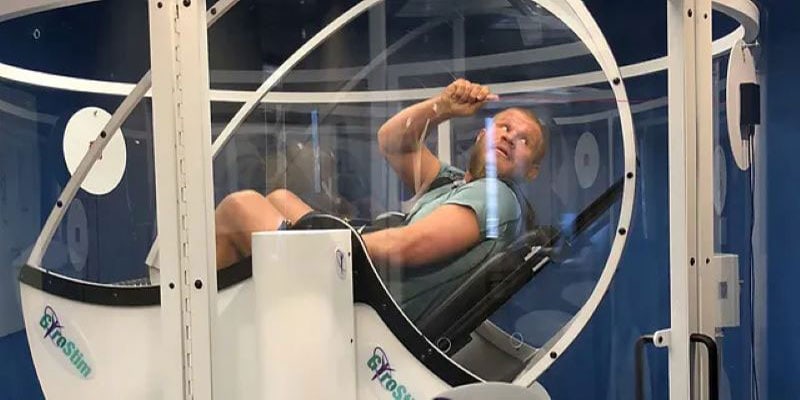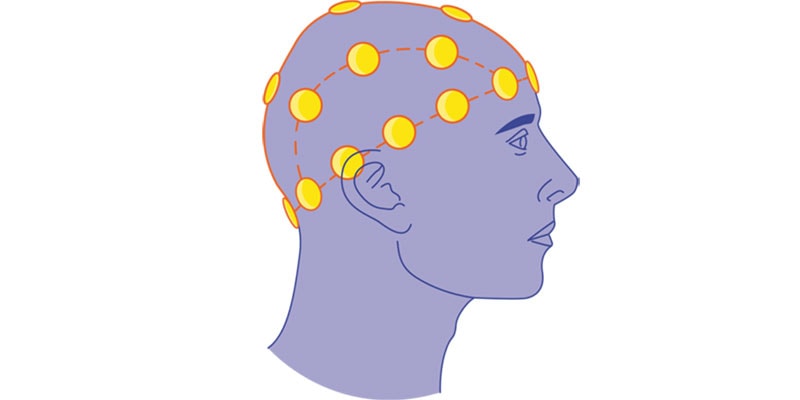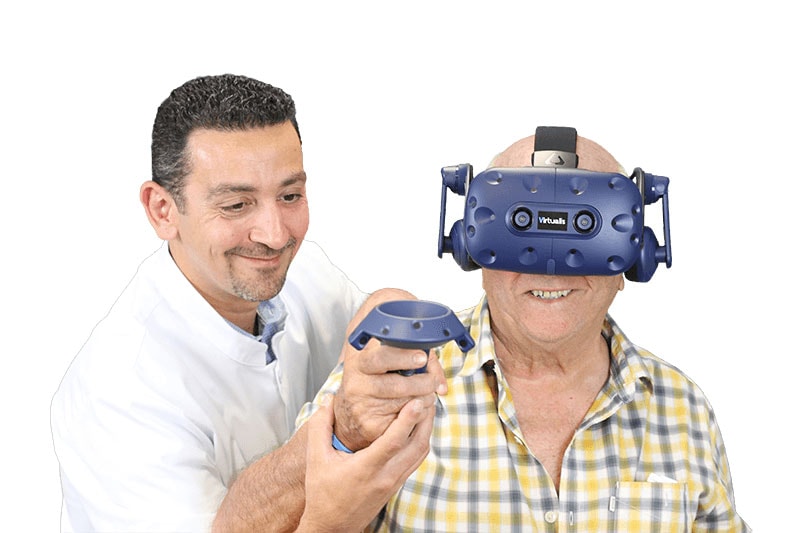Unlocking Your Brain’s Superpower: The Fun and Fascinating World of Neuroplasticity
Do you ever wonder how your brain can learn new tricks, adapt to changes, or recover from injuries? Well, there’s a superpower lurking inside your skull called neuroplasticity, and it’s one of the most incredible phenomena in the world of neuroscience. In this blog post, we’ll take you on a journey through the exciting world of neuroplasticity, explaining what it is, how it works, and why it’s essential for all of us.
The Brain’s Marvelous Adaptability
Imagine your brain as a flexible, ever-evolving playground, where each neuron is like a tiny, enthusiastic child. These neurons love to connect and communicate, forming intricate networks that control every thought, movement, and memory. Neuroplasticity is the brain’s incredible ability to rewire and reorganize these connections in response to new experiences and challenges.
The Brain’s “Use It or Lose It” Principle
Your brain operates on a simple principle: “use it or lose it.” When you learn something new or repeatedly practice a skill, your brain strengthens the connections related to that task. Conversely, if you stop using a particular skill or knowledge, those connections weaken and may eventually disappear.
Let’s say you decide to learn to play the guitar. Initially, it might feel challenging, but as you practice, your brain’s neurons start building stronger connections related to finger movements, chord changes, and music theory. This process is neuroplasticity in action, and it’s what allows you to become a guitar virtuoso over time!
The Brain’s Shape-Shifting Abilities
One of the most fascinating aspects of neuroplasticity is that it’s not limited to just one area of the brain. Your entire brain can adapt and change. If you lose your sight, for instance, the part of your brain that is used to process visual information can repurpose itself for other tasks, like enhancing your sense of touch or hearing. It’s like your brain saying, “Alright, we’ve got some extra space here, let’s make it useful!”
Neuroplasticity Across the Lifespan
Now, you might be thinking, “Does neuroplasticity have an expiration date?” The answer is no! While it’s true that the brain is more adaptable during childhood, neuroplasticity continues throughout your life. You can always learn new skills, develop new hobbies, and change your habits. So, if you’ve ever wanted to pick up a new language, start painting, or take up a sport, there’s no better time than now!
Harnessing Neuroplasticity for Personal Growth
Understanding neuroplasticity can be a game-changer for personal development. Here are a few tips to help you make the most of your brain’s amazing adaptability:
- Challenge Yourself: Push your limits by trying new things, whether it’s learning a dance, solving puzzles, or mastering a musical instrument.
- Stay Curious: Keep your brain engaged by staying curious and open to new experiences. Read books, travel, or explore different cultures to stimulate your mind.
- Practice, Practice, Practice: Consistent practice is the key to strengthening neural connections. The more you practice, the better your brain becomes at that specific skill.
- Stay Social: Interacting with others can also promote neuroplasticity. Engage in conversations, join clubs, or participate in group activities to keep your brain socially active.
Neuroplasticity is like having a personal superpower – the ability to adapt, learn, and grow throughout your life. It’s a reminder that your brain is not a fixed entity but a dynamic and ever-evolving organ. So, embrace the fun and exciting journey of neuroplasticity, and use it to unlock your full potential. Whether you want to learn a new language, play a musical instrument, or simply become a better version of yourself, your brain is ready and waiting for the adventure!



